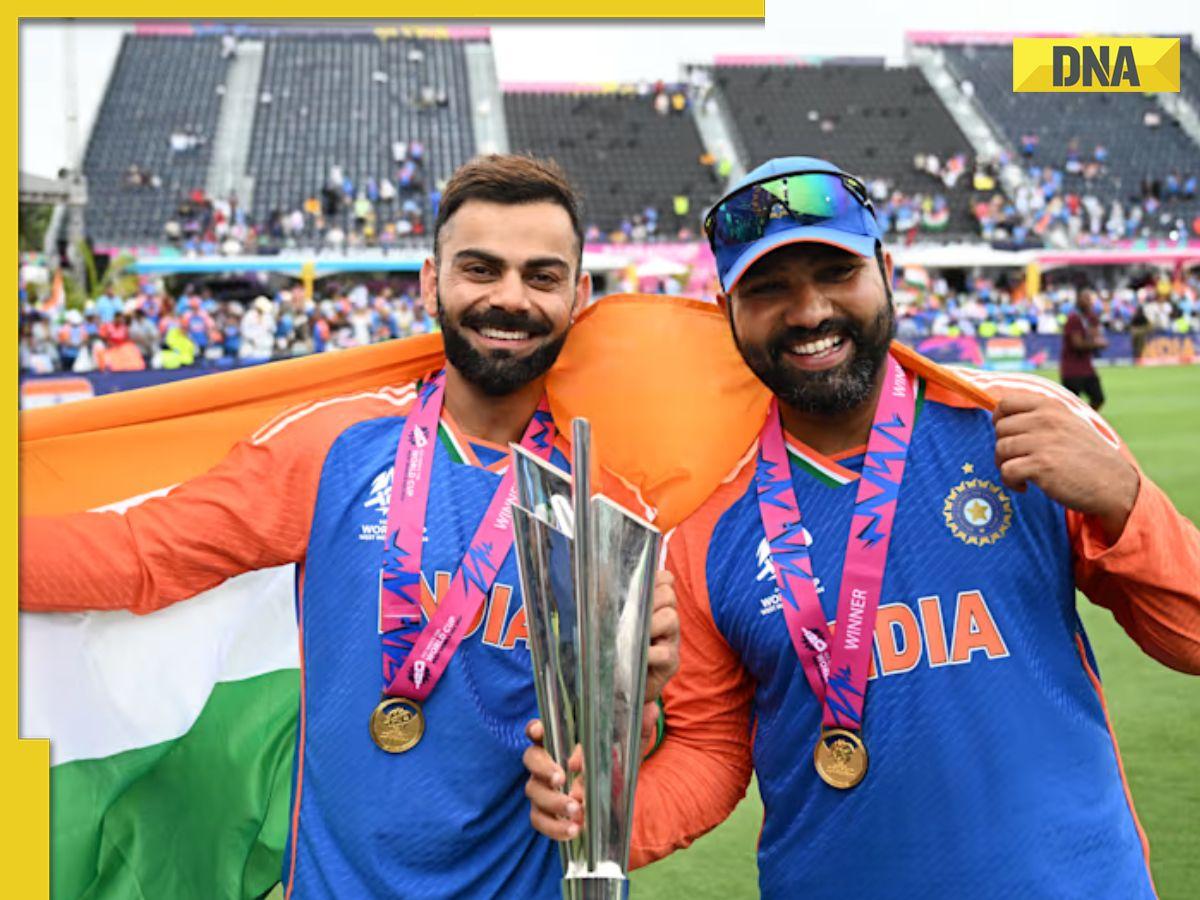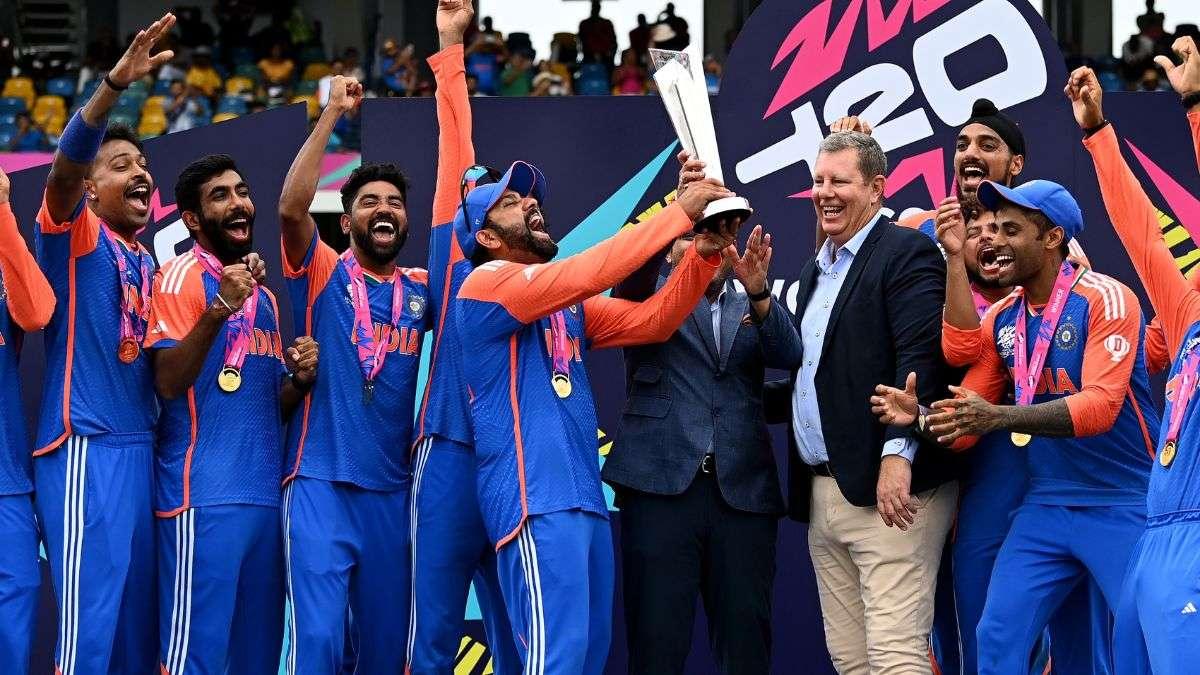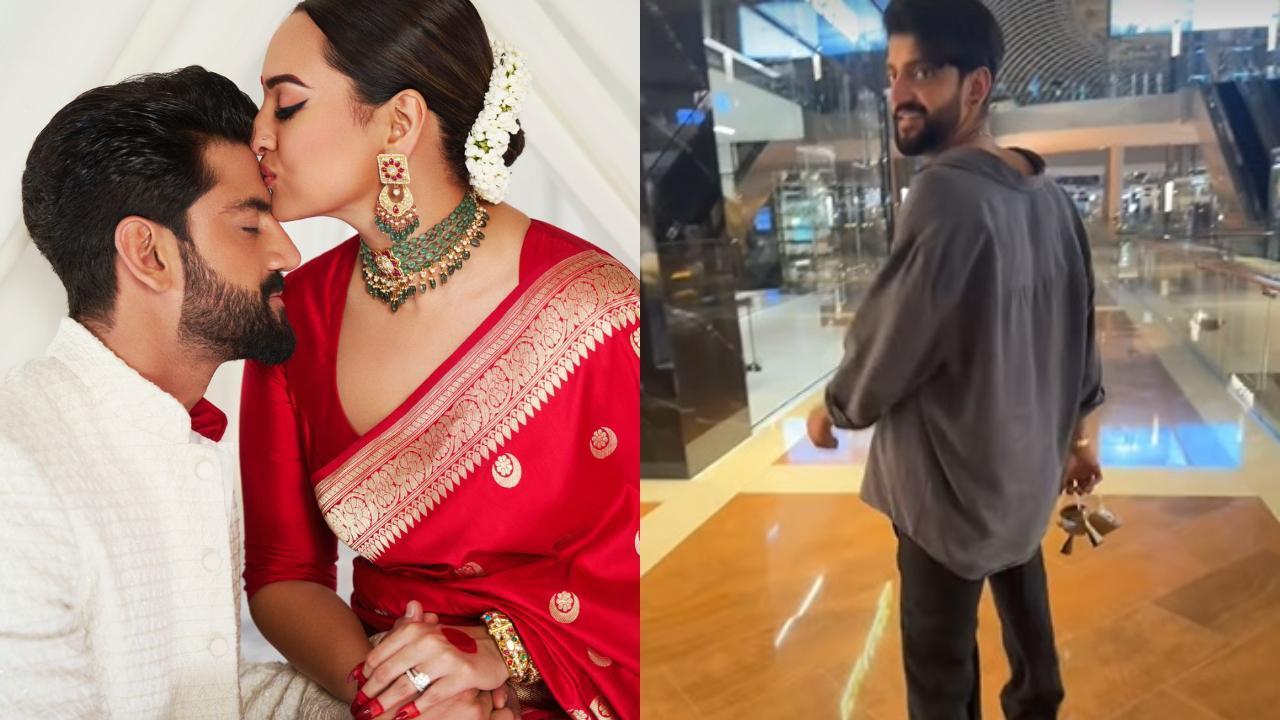
In the world of Indian cinema, icons like Sridevi and Madhuri Dixit in the 90s uniquely defined what it meant to be queer. As filmmaker Jaydeep Sarkar recently shared, the best definition of being queer is the ability to be your absolute authentic self without the constraints of society’s prescribed norms. This era of cinema witnessed women celebrating their bodies and their sexuality, maintaining their agency—an experience which Sarkar describes as his closest encounter with the celebration of desire.
Sarkar, known for his work on Rainbow Rishta, consistently grapples with the question, “Is your next story a queer story?” He finds this inquiry to be both unfair and unimaginative. For him, any story—even a cishet (cisgender heterosexual) love story—can embody queerness if it views life, desire, and relationships outside the limiting binaries of society. Sarkar argues that categorizing people confines them unjustly and ignores the multifaceted aspects of their identities, overshadowing his identity as a Bengali and Mumbai-based filmmaker.
Referencing his film Nayantara’s Necklace, Sarkar touches on the politics of desire—regardless of it being queer or straight—as a significant driving force. His opposition to the term ‘representation’ stems from its connotation of charity within a predominantly straight world, which often reduces queer characters to mere token figures in mainstream media. These characters commonly end up dead, murderous, or as comic relief, serving as devices to fit into a conventional plot rather than being portrayed as fully realized individuals.
Recalling a show where a gay character’s story culminated in a sensational yet poorly-developed tragedy, Sarkar criticizes how such narratives fail to explore the complexities of queer lives. Instead of authentic representation, these storylines perpetuate stereotypes that offer no real insight into the characters’ experiences or struggles.
Sarkar is troubled by the perception that mere inclusion of queer characters equates to meaningful representation. Such portrayal doesn’t provide the strength or inspiration needed for a queer person hoping to find the courage to come out. What’s glaringly absent, Sarkar notes, is the portrayal of queer joy—a critical aspect of queer life that rarely makes it to the screen.
This omission of queer joy drove Sarkar to create Rainbow Rishta for Amazon Prime Video. He was amused by critiques describing the show as ‘not deep enough,’ interpreting it as a success in breaking the trauma-driven narrative around queer stories. Sarkar insists that queer lives can indeed be joyous and devoid of relentless tragedy or conflict, a notion that apparently baffles some critics.
.
Sarkar emphasizes the necessity of making queer stories mainstream, which can only happen if they attract viewers in a hyper-capitalist world. He envisions a future where an Indian trans actor’s global success would be celebrated much like Karla Sofía Gascón, who won the Cannes Best Actress award for Emily Perez. He champions the idea of mainstream Hindi cinema embracing queer narratives with empathy and grace, similar to what Kaathal achieved in regional cinema with a big star like Mammootty.
Citing the independent success of films like Super Deluxe, where Vijay Sethupathi played a dignified trans woman, Sarkar underscores the urgency of representing queer experiences prominently and authentically in mainstream cinema. This shift is necessary not just for ticket sales, but also to provoke meaningful conversations and challenge societal norms within living rooms across the country.
Rainbow Rishta reflects Sarkar’s commitment to diverse storytelling. He purposely chose stories from small towns, discovering that rural India often demonstrates more progressive attitudes than urban areas. His experiences in various localities revealed a stark contrast in acceptance and celebration of queer lives—highlighting small town India’s surprising progressiveness compared to metropolitan areas.
Sarkar’s personal life mirrors this discovery. He never allowed himself to dream of the familial acceptance depicted in classic films, until he met his partner and experienced the unconditional support from his partner’s family in Jamshedpur. His mother-in-law, in particular, became a role model by shattering prejudices with empathy and confident support.
Though there are quantitatively more gay characters on screen now, Sarkar notes they are still often patronized or stereotyped. However, he is optimistic. He believes the continuum is moving in the right direction, passing through campy films and trauma plots, towards stories that celebrate queer joy. To make a lasting impact, queer cinema must adopt irreverence, fearlessness, and cheekiness—qualities that can capture audiences and incite meaningful change.
The Mumbai-based filmmaker shared these insights with Surya Praphulla Kumar for The Hindu Sunday Magazine, emphasizing that while progress has been made, there is still a long journey ahead for queer representation in Indian cinema.










